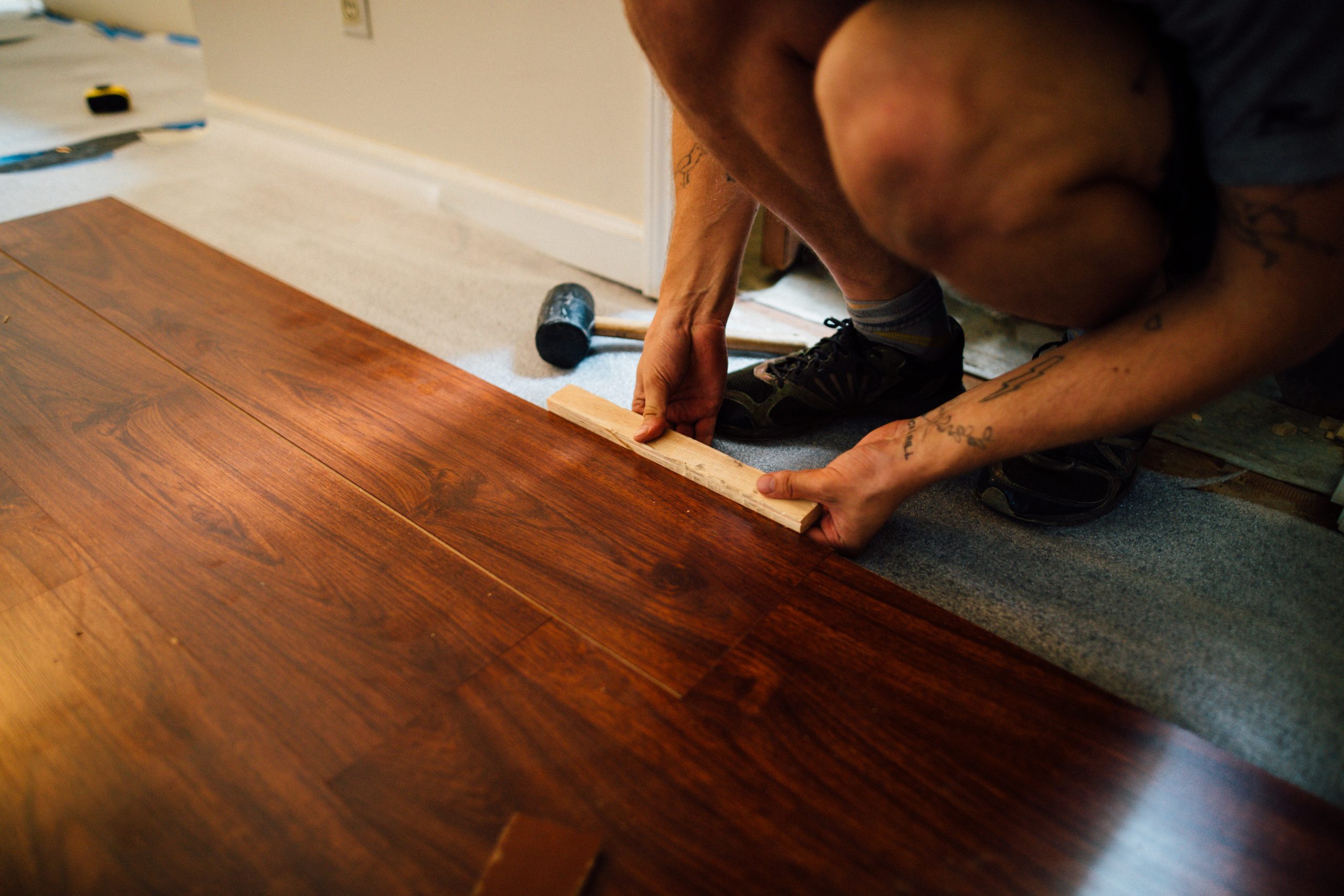
One of the most visible and utilized aspects of your rental property lies right at your feet—the flooring! Attractive, high-quality flooring will appeal to tenants and require less frequent maintenance and replacement. But flooring is a significant investment, and the expense must be balanced against other factors such as the risk of damage, how long you intend to hold the property, and the rent you plan to charge. In addition, different spaces have distinct priorities and needs.
Here are some pros, cons, and best uses for the most popular flooring varieties currently available.
Carpet
· Pros: Carpet is soft and comfortable, dampens sound, and may be expected by tenants, especially in colder climates. Carpet costs less than many other types of flooring and offers countless choices.
· Cons: Carpet can be susceptible to stains, odors, water damage, and wear and tear. As a result, it needs to be cleaned and replaced more often and requires routine maintenance.
· Ideal uses: Carpet works best in spaces with less foot traffic that warrant greater comfort, such as bedrooms.
Hardwood
· Pros: Hardwood lasts for years and is often considered the most attractive, luxurious flooring option. Hardwood can be sealed to resist stains and water damage and may be refinished or restored without replacing the entire floor.
· Cons: Hardwood is costly and requires a higher level of maintenance than other floorings. Despite its strength, hardwood can sustain visible scratches, dents, and moisture damage.
· Ideal uses: The expenditure for hardwood flooring makes the most sense in living rooms and possible bedrooms of high-end rentals where tenants will expect (and be willing to pay for) higher quality materials.
Vinyl Planks
· Pros: Laminate is affordable, long-lasting, and easy to install. It can be placed over existing flooring and comes in various appearances. A tough, scratch-resistant topcoat can add protection from stains, fading, and wear and tear.
· Cons: If a laminate plank suffers damage, it must be replaced rather than refurbished. Laminate magnifies noise between floors and is susceptible to water damage.
· Ideal uses: Vinyl planks can provide an attractive hardwood appearance for a lower cost in spaces such as bedrooms and living rooms.
Vinyl / Linoleum
· Pros: Vinyl and linoleum are economical choices that come in various designs. Easy to install, moisture-resistant, and low-maintenance, vinyl or linoleum offers a durable, flexible flooring option.
· Cons: The adhesive used to install vinyl and linoleum makes removing them challenging. They get scratched more easily than tile, and even luxury vinyl doesn’t fully replicate the appearance and texture of high-end materials like hardwood.
· Ideal uses: Vinyl and linoleum are cost-effective and lightweight, with the versatility to work well in kitchens, bathrooms, or even bedrooms and living rooms.
Tile
· Pros: Tile boasts a wide variety of patterns and is moisture and stain-resistant, making it easy to clean and maintain. Sturdy and durable, tile is likely to fare well as a long-term investment.
· Cons: Tile may be more expensive, difficult to install, and could be too heavy to use in upper-story units. Though typically sturdy, tile can be chipped or cracked.
· Ideal uses: The solid, moisture and dirt-resistant tile’s surface makes it suitable for bathrooms, kitchens, and mudrooms.
Additional factors to consider in your flooring selection include whether your rental property is pet-friendly and what will best withstand and be most comfortable in your area’s climate. Achieving the right balance of comfort, attractiveness, price, durability, and ease of maintenance may feel daunting, but the right choice will result in a flooring investment that benefits you and your tenants.
About Rentals America
Rentals America provides full-service property management for residential rental properties. Our team is dedicated to property management, and we’re here to help landlords navigate the rental market.










